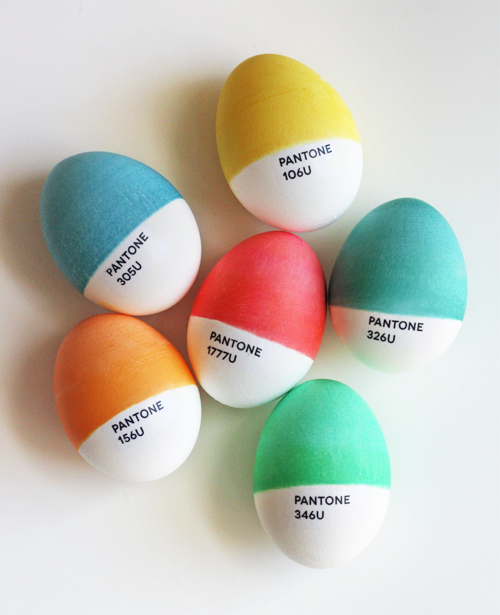From Butler to Baptism: A Few Thoughts on Rebirth by Martabel Wasserman
|
Rebirth is a performative utterance ripe with secular and queer possibilities. In her groundbreaking 1990 book Gender Trouble, Judith Butler deftly picked up linguist J.L Austin’s notion of the performative utterance to cut through gender essentialism. A performative utterance is a speech act that does something. For example, “I pronounce you married,” enacts a legal contract.[1] By theorizing the utterance that defines birth, “It’s a boy!” or “It’s a girl,” Butler demonstrates gender is immediately projected onto the body. Similarly, stating rebirth enacts it. Jason Michael Stephina’s video offers one way of conceptualizing this process. Rebirth is not about the spectacle of ritual, but the ritual of the everyday. Ann Cvetkovich stiches together memoir and critical theory in her new book, Depression: A Public Feeling, writing about the role of the ritual, yogic and otherwise, as a way of coping with the perpetual trauma of late capitalism. As Lauren Berlant, Cvetkovich’s fellow traveler in affect theory, has deemed it “crisis ordanariness.” In a passage about Easter, Cvetkovich writes about how she come to view transformation, “not an instantaneous conversion, resurrection, or cure. It’s the result of slow and painstaking accumulation of new ways of living (p.53).” Ali Tennenbaum’s “Gregory Crewdson: BBM Encounters” provides another example of how mundane ritual can birth new ideas. She and Crewdson discuss his process of driving around small neighborhoods for hours on end, as captured in the new documentary Gregory Crewdson: Brief Encounters by Ben Shapiro. It is through the repetitive act of retracing the same road that Crewdson often finds the inspiration for his photographs. Rebirth recycles Getting over the cult of the new can be extremely liberatory. As Kellie Lanham’s essay about the effects of Hurricane Sandy on the art world “What Have We Lost” suggests we need not discard what has been damaged in order to begin anew. Or as Charlotte Lieberman’s poems in this issue demonstrate, history is both the midwife and medium of inventing new political and aesthetic strategies. Similarly, Matthew Skomarovsky uses gif-making technology to revitalize detournement. Rebirth is a porthole. The inclusion of some very fabulous cunt art in this issue, J.D Samson’s “Apoco-lips” and Samantha Cohen’s “Fourteen Scores for Rebirth,” invites us to think through the potential of revisiting the aesthetics of second wave feminism after the deconstruction of gender essentialism. Some say that 12/21/12 marked a paradigm shift from the age of the masculine to that of the feminine. As this work demonstrates, there is a space for strategically employing ideas about taking care of our planet through this lens, á la Mary Daly’s Gyn/ecology: The Metaethics of Radical Feminism, without transphobia or the exclusion of men. Rebirth doesn’t require a plan. Unlike imagining a utopia, rebirth does not require a blueprint. Rebirth is a declaration of openness to new experiences of self and the world. We write the manifesto as we go.
[1] In “Performative Acts and Gender Constitution” (1988) and Gender Trouble Butler analyzed the statement “I pronounce you husband and wife.” |
